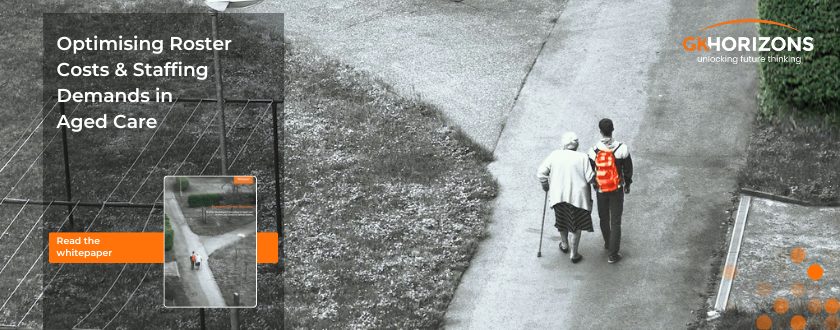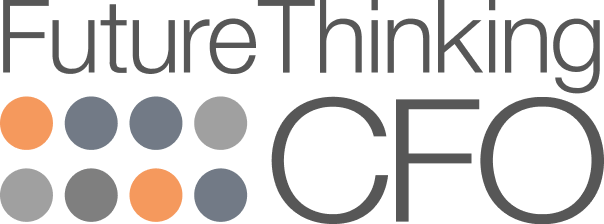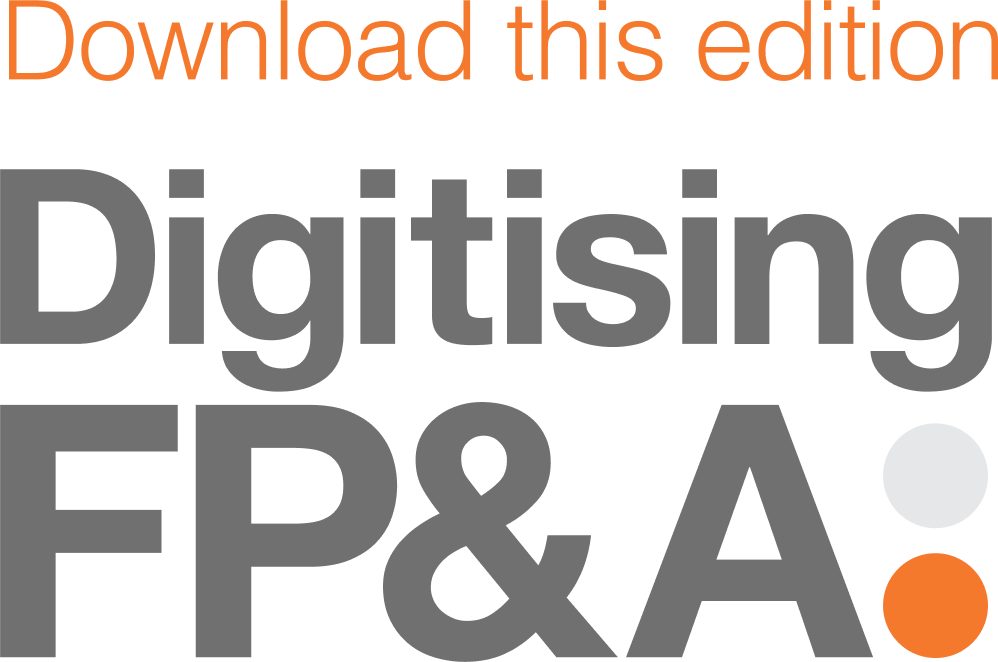
Introduction: Optimise roster costs & staffing demand
In the rapidly evolving landscape of Aged Care in Australia, service providers grapple with managing operational costs and ensuring optimal staffing levels. The challenges of delivering high-quality care while maintaining financial viability are immense. Fluctuating funding rates, regulatory changes, and diverse resident needs further complicate matters. Innovative approaches such as strategic modelling and forecasting are essential to optimise roster costs & staffing demand . These tools provide the insights and flexibility needed for Aged Care providers to thrive.
Understanding the Challenges
Aged Care providers face a myriad of challenges, including managing escalating labour costs and aligning funding with operational demands. Unpredictable staffing requirements, driven by varying resident needs, complicate roster management and financial planning. Traditional methods often fall short in providing the agility and precision required. Effective forecasting of these dynamics is crucial to avoid operational inefficiencies and financial strain.
By optimising roster costs & staffing demand, providers will be better equipped to ensure that staffing levels and resources are accurately aligned with the specific care needs of residents. This alignment helps to maximise operational efficiency, minimise waste, and enhance financial sustainability. Advanced planning and modelling tools are essential for anticipating funding changes, improving compliance, and maintaining high-quality care standards.
Embracing Predictive Analytics
Predictive analytics is a promising solution for Aged Care providers, especially in the context of the shift from the Aged Care Funding Instrument (ACFI) to the Australian National Aged Care Classification (AN-ACC) funding model. By leveraging historical data and advanced algorithms, providers can accurately forecast staffing needs and resident care patterns, and in turn optimise roster costs & staffing demand.
For example, an Aged Care provider implemented predictive analytics to optimise their rosters. This approach resulted in a 20% reduction in overtime costs and enhanced staff satisfaction by offering more predictable work schedules. Predictive analytics empowers providers to anticipate demand and allocate resources efficiently, ensuring cost control and high-quality care.
Under the AN-ACC model, funding is more closely tied to the individual needs and care requirements of residents. Predictive analytics helps providers to:
- Accurately Forecast Care Needs: Predict changes in resident care requirements and adjust staffing levels proactively.
- Align Funding with Needs: Ensure that funding allocations are aligned with the specific needs of residents, enhancing financial planning and stability.
- Optimise Operational Efficiency: Reduce unnecessary costs by accurately predicting when and where resources are needed most.
The ability to forecast accurately under the AN-ACC model is crucial for maintaining financial health and delivering quality care.
The Power of Scenario Modelling
Scenario modelling is another strategic tool that prepares providers for various potential future conditions, especially critical during the transition to the AN-ACC funding model. An Aged Care organisation in Victoria used scenario modelling to navigate potential funding changes and demographic shifts. By developing multiple scenarios, including best-case and worst-case situations, the organisation created flexible strategic plans.
This proactive approach allowed them to adapt quickly to changes, optimise roster costs & staffing demand, while ensuring minimal disruption to service delivery and financial performance. Scenario modelling equips providers with the foresight to manage uncertainties and make informed decisions, safeguarding their operations against unexpected challenges.
Given the complexities introduced by the AN-ACC model, scenario modelling becomes even more valuable:
- Simulate Funding Scenarios: Model various funding scenarios under the AN-ACC system to understand potential impacts on operations and finances.
- Plan for Regulatory Changes: Anticipate and prepare for changes in regulations that may affect funding and operational requirements.
- Develop Contingency Plans: Create flexible and robust contingency plans to address potential funding shortfalls or increases in care demands.
Scenario modelling enables providers to:
- Enhance Strategic Planning: Develop detailed and adaptable plans that can be adjusted based on real-time data and changing circumstances.
- Mitigate Financial Risks: Identify and mitigate potential financial risks associated with funding changes and regulatory shifts.
- Maintain Service Quality: Ensure that high-quality care is consistently delivered, regardless of funding fluctuations.
Incorporating scenario modelling into strategic planning allows Aged Care providers to navigate the uncertainties of the AN-ACC funding model with confidence and agility, ensuring both financial sustainability and high standards of care.
Enhancing Financial Planning with Advanced Forecasting Tools
Given the complexities of the AN-ACC model, Aged Care providers need advanced planning with predictive analytics and modelling capabilities to navigate this new funding landscape effectively. Advanced planning enables providers to anticipate changes in funding based on resident care needs and adjust their operational strategies accordingly. By leveraging scenario modelling, providers can simulate various funding scenarios and their impact on staffing, resources, and overall financial health.
Implementing advanced planning and modelling tools helps providers:
- Anticipate Funding Changes: Predict how changes in resident needs will affect funding allocations, allowing for proactive adjustments in budgeting and resource allocation.
- Optimise Resource Allocation: Ensure that staffing and resources are aligned with the specific care needs of residents, maximising efficiency and minimising waste.
- Enhance Financial Sustainability: Develop robust financial plans that accommodate fluctuations in funding and maintain operational stability.
- Improve Compliance: Align operations with AN-ACC requirements to ensure compliance and avoid potential funding penalties.
The shift to the AN-ACC model underscores the importance of having sophisticated planning and modelling tools. These tools provide the foresight and flexibility needed to manage the increased complexity of funding allocations and deliver high-quality, financially sustainable care.
Implementing Best Practices
Several best practices emerge for Aged Care providers looking to implement strategic modelling and forecasting:
- Invest in Training and Technology: Equip your team with the skills and tools needed to leverage predictive analytics and scenario modelling effectively.
- Continuous Data Collection and Analysis: Regularly gather and analyse data to inform your forecasting and planning efforts.
- Foster Flexibility and Adaptability: Cultivate a culture that is responsive to insights gained from scenario modelling and forecasting.
- Regularly Review and Update Plans: Ensure that your strategic plans are dynamic and reflect the latest data and trends.
Looking Forward
The Aged Care sector is at a critical juncture where adopting innovative strategies can significantly enhance service delivery and financial sustainability. By embracing predictive analytics, scenario modelling, and advanced forecasting capabilities, providers can navigate the sector’s complexities with greater confidence and agility. These strategic approaches not only improve operational efficiency but also ensure that providers can continue to deliver exceptional care to their residents, even in the face of uncertainty.
At GK Horizons, we are committed to supporting Aged Care providers in their journey towards strategic resilience. Our tailored solutions, developed in collaboration with industry leaders, address the unique challenges of the sector and drive sustainable growth. Together, we can chart a new course for Aged Care, prioritising both excellence in care and financial health.
Read the whitepaper “Strategic Modelling & Forecasting for Aged Care Roster Cost Control and Optimal Staffing” HERE.


